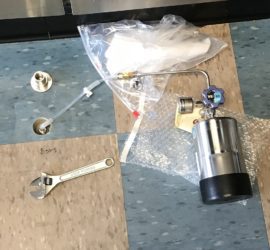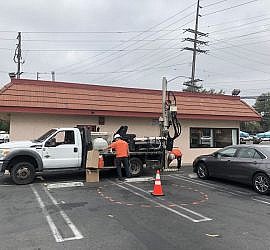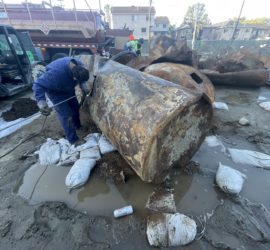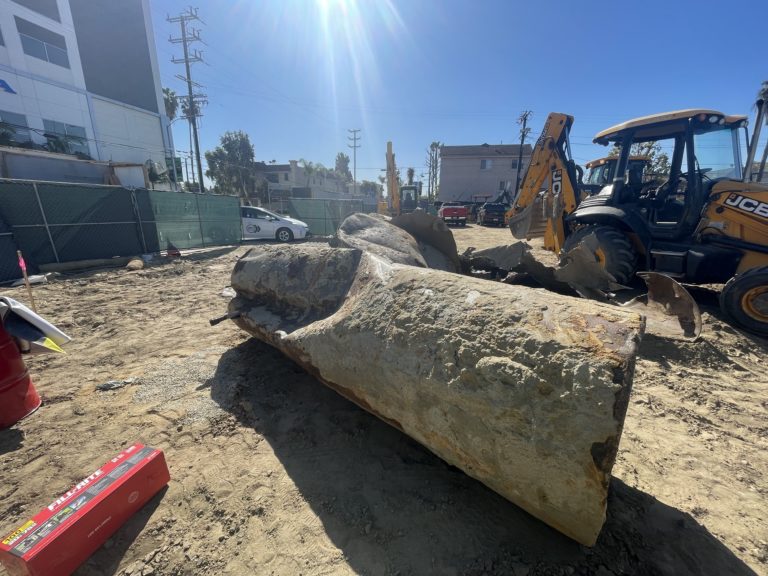Hydrogen Sulfide Soil Gas (In Natural Gas)
Hydrogen Sulfide: Hydrogen sulfide (H2S) soil gas geologically occurs upon the thermal and microbial decomposition of subsurface organic material deposits. It is typically identifiable in biogenic and petrogenic natural gas sources, along with higher concentrations of methane soil gas. Additionally, nitrogen, oxygen, hydrogen, ethane, and isobutane exist within natural gas deposits. Hydrogen Sulfide soil gas has a rotten egg odor that commonly occurs amongst petroleum deposits, volcano craters, surfacing tar pits, and more.
What Does Hydrogen Sulfide do to the Body?
General symptoms of hydrogen sulfide exposure can include dizziness, nausea, and headaches. And a high concentration in a breathing zone can cause respiratory failure and asphyxiation issues. In fact, the Occupational Safety and Health Administration (OSHA) reports a permissible exposure limit (PEL) of 10 parts per million by volume (ppm) in worker breathing spaces. Whereas any concentration exceeding this PEL is unsafe.
Other Exposure Hazards
Within minutes of a person’s exposure to hydrogen sulfide, their ability to detect its odor can quickly diminish. As a result, the danger further lies with the hazards of other associated gases, as well as the lack of oxygen. For instance, a house overlaying a Los Angeles Methane Zone without a vapor barrier may have trace amounts of hydrogen sulfide and combustible methane soil gas in the lowest occupied space. And methane gas is odorless and colorless. Thus, the only human indication of natural gas intrusion is the temporary hydrogen sulfide odor. If people within the house no longer smell that odor, they may also believe the methane soil gas hazard is mitigated, under false pretenses.







